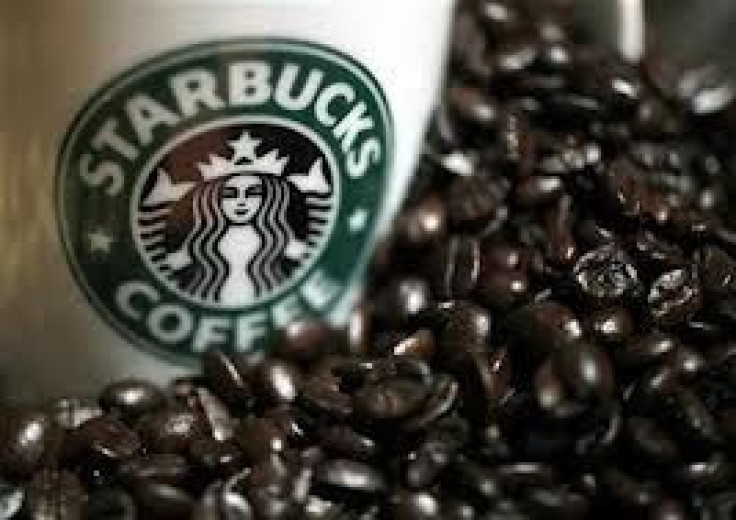Starbucks Sees China Growth Despite Tea-Drinking Culture

American coffee giant Starbucks (NASDAQ:SBUX) is seeing more caffeine fiends in the China market. According to the company’s latest quarterly report, the Seattle-based coffee chain saw a 30 percent year-over-year revenue jump in Asia after seeing particularly exceptional sales in China.
Starbucks credits its growth in China to the 500 new stores that were opened in the past year across the Asia-Pacific region. The new stores that opened in China focused on building the brand in second-tier cities Dalian, Wuhan and Hangzhou. For a long time, Starbucks’ biggest competition wasn’t necessarily other coffee outlets, but rather, China’s big tea-drinking culture. “The very strong sales volumes prove that the coffee concept can succeed in traditional tea-drinking countries,” RJ Hottovy, the director of consumer equity research at Morningstar, Inc. told CNN Money. “It’s resonating very well with [inland] cities.”
In addition to that, Starbucks still plans on continuing its expansion throughout China and the rest of the Asia-Pacific region. The coffee chain is planning on opening the milestone thousandth store in China by the end of this year. Already heavily present in big cities like the capital Beijing and business hub Shanghai, the company is pushing to penetrate the markets of second- and third-tier cities. Looking further in the future, Starbucks says China will surpass Canada as the company’s second-largest market, after the United States, in 2014.
According to data by research company Euromonitor International, China’s overall retail coffee sales over the past five years have seen an increase of 10 percent, beating growth rates in other big Asian markets like Hong Kong and Japan as well as the global growth average of 3 percent. Starbucks has said growing in China required a lot of tailored marketing, including allowing for the popularity of tea. Starbucks says it launched a line of Starbucks brand teas in China in 2010. Other local hits include the Blended Green Tea Frappuccino beverage and the introduction of blends of coffee that used locally sourced beans. Starbucks says that the target audience is the country’s growing affluent white-collar population, typically more acclimated to the Western coffee-drinking culture. Starbucks prices are still significantly marked up compared to other local brands and it is considered to be a premium brand. “The demographics they are targeting are younger and more affluent groups,” Hottovy said.
While Starbucks is seeing significant growth, there is still a lot of ground to gain in the hot beverage market. Data from Euromontior reported that coffee still only maintains less than 1 percent of the country’s hot-drink market share, whereas tea has 54 percent. In addition, last year the average Chinese person only consumed two cups of coffee per year -- far less than the global average of 134 cups a person per year.
© Copyright IBTimes 2024. All rights reserved.












